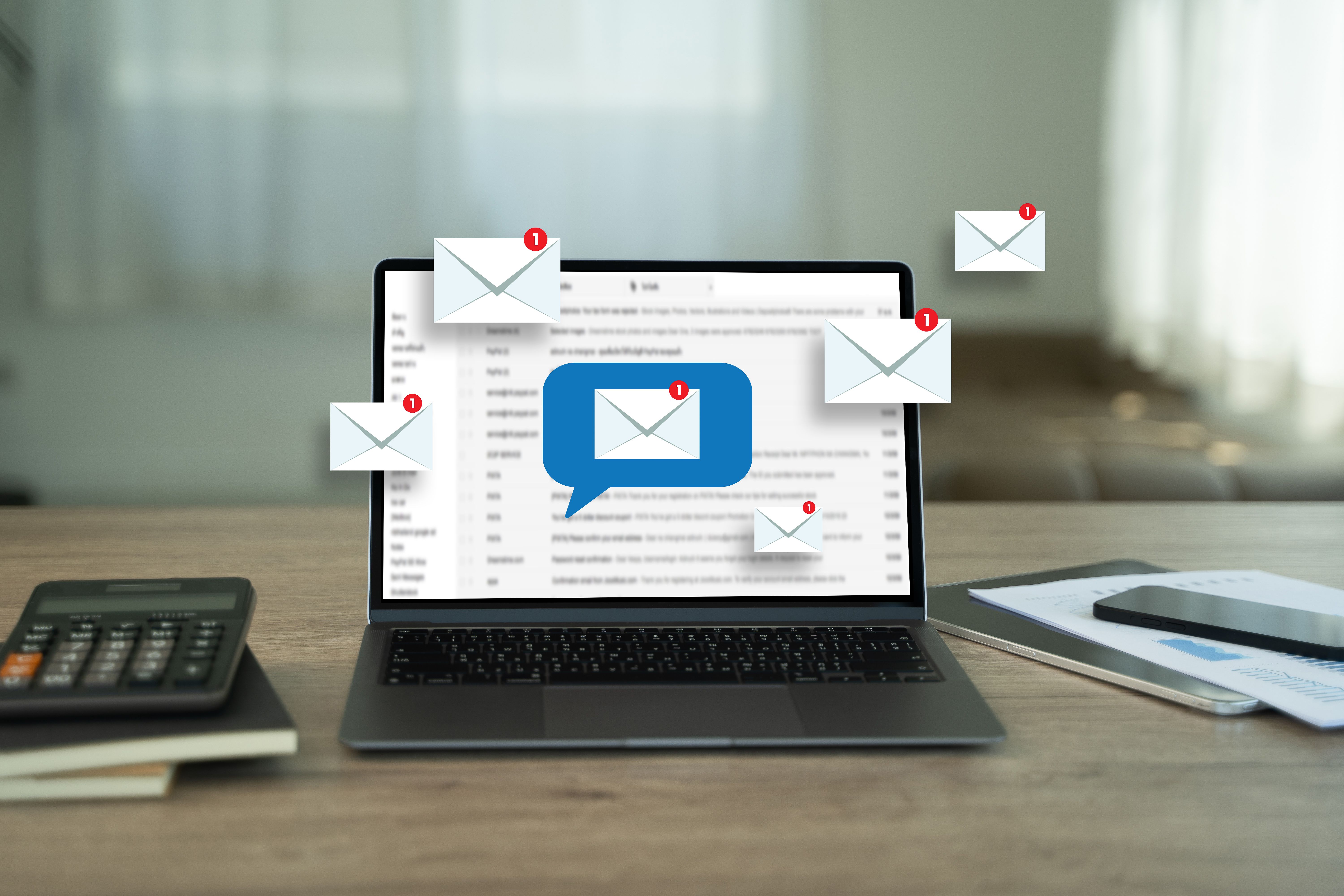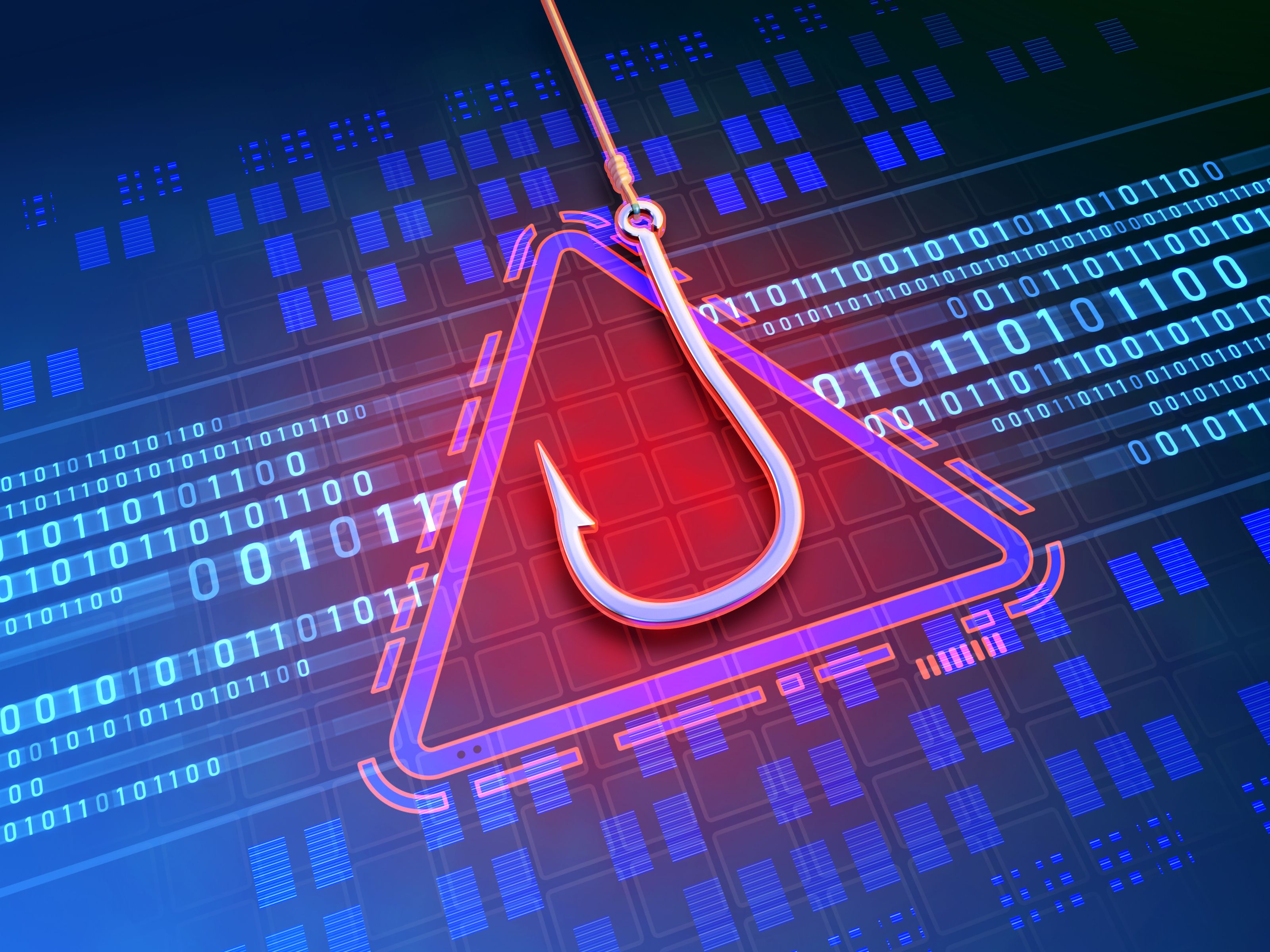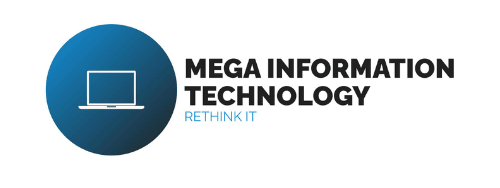Understanding the Differences: Spam vs Phishing
Introduction to Spam and Phishing
In today's digital age, understanding the nuances between spam and phishing is crucial for online security. While both are forms of unwanted digital communication, they have distinct characteristics and implications. This blog post aims to clarify these differences, helping you safeguard your personal information and maintain a secure online presence.

What is Spam?
Spam refers to unsolicited messages sent in bulk, often for commercial purposes. These messages usually clog up your inbox, advertising products or services that you haven’t requested. Although spam is more of an annoyance than a direct threat, it can sometimes lead to more severe issues.
Characteristics of Spam
Spam messages are typically sent from automated systems and can flood your inbox with irrelevant content. They often come from unknown sources and may contain misleading subject lines to entice recipients to open them. While spam is generally harmless, it can sometimes serve as a vehicle for malware if users click on malicious links within these messages.

Understanding Phishing
Phishing is a more targeted and dangerous form of digital attack. It involves deceptive attempts to acquire sensitive information such as usernames, passwords, and credit card details by pretending to be a trustworthy entity in electronic communications. Phishing attacks can lead to substantial financial losses and identity theft.
Identifying Phishing Attempts
Phishing emails often mimic legitimate organizations, using official logos and language to create a sense of authenticity. They commonly include urgent requests for personal information or direct users to fake websites designed to collect sensitive data. Recognizing the signs of phishing is vital in protecting oneself from these threats.

Key Differences Between Spam and Phishing
While both spam and phishing involve unsolicited communication, their objectives differ significantly. Spam is primarily about promoting products or services, whereas phishing seeks to deceive individuals into providing personal information for malicious purposes. Understanding these differences can aid in implementing effective security measures.
Preventative Measures
- Be cautious of unexpected emails: If you receive an email from an unknown sender or one that seems suspicious, it’s best to delete it without opening.
- Verify the source: For any email asking for personal information, contact the organization directly using verified contact information.
- Use security software: Reliable antivirus and anti-spam software can help filter out potential threats before they reach your inbox.
Conclusion
Understanding the differences between spam and phishing is essential in today’s digital landscape. By recognizing the characteristics of each and adopting appropriate preventative measures, you can enhance your online security and protect your personal information from falling into the wrong hands. Staying informed about these threats is the first step towards a safer online experience.
